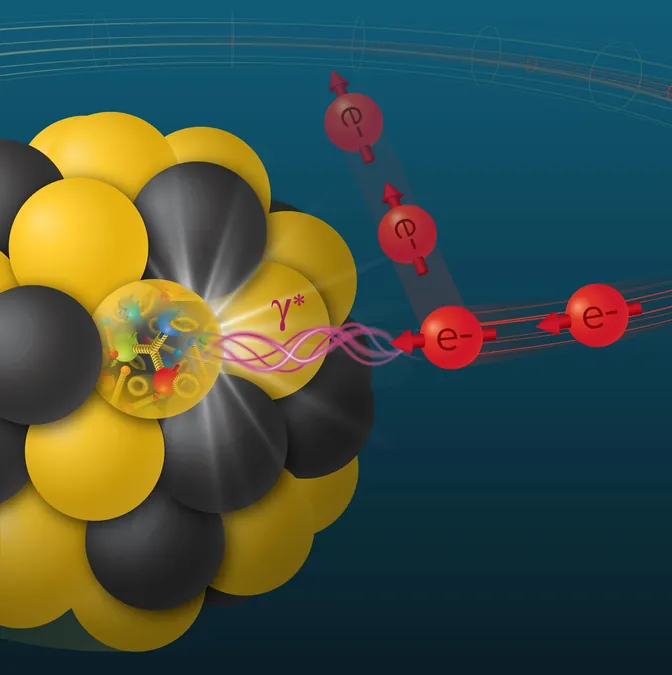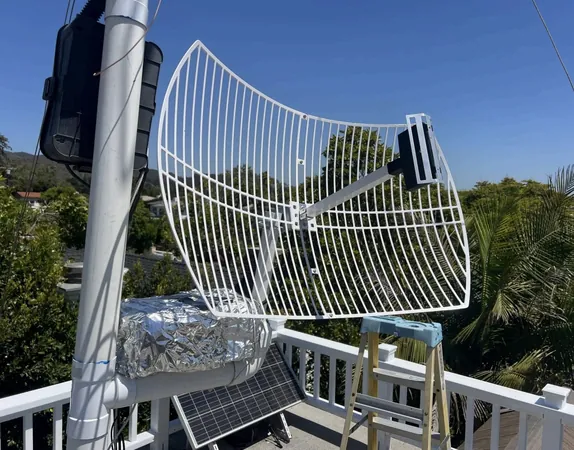
Breakthrough in Understanding Mesons: Supercomputers Predict Charge Distribution with Stunning Accuracy!
2024-11-06
Author: Sophie
Introduction
In an exciting development, nuclear physics theorists from the U.S. Department of Energy's Brookhaven National Laboratory have achieved remarkable accuracy in predicting the distribution of electric charges within mesons—subatomic particles composed of quarks and antiquarks—by leveraging advanced computations on supercomputers. This breakthrough is poised to shed light on the enigmatic realm of mesons and a broader category of particles known as hadrons, which play pivotal roles in the fabric of visible matter.
Electron-Ion Collider (EIC)
Scientists are particularly eager about upcoming experiments at the Electron-Ion Collider (EIC), an innovative particle collider that is being constructed at Brookhaven Lab. The EIC is expected to provide crucial insights into how quarks and the gluons binding them together generate the mass and structural properties of nearly all matter in the universe.
Research Insights
Swagato Mukherjee, a Brookhaven Lab theorist and the leader of the research team, explained, 'The primary objective of the EIC is to unravel how the characteristics of hadrons, including mesons, protons, and neutrons, stem from the distribution of their quarks and gluons.' This quest is fundamentally about understanding the forces that hold atomic nuclei together, especially through the dynamics of light mesons like pions.
Findings and Predictions
The findings, recently published in Physical Review Letters, not only align well with previous measurements from low-energy experiments at Jefferson Lab—another key player in the EIC's construction—but they also extend into the anticipated high-energy scenarios that the EIC will explore when it opens its doors in the early 2030s. This predictive power is crucial as it will provide a reference point for evaluating experimental outcomes once they commence.
The Role of Factorization
However, the implications of this research extend beyond single measurements. The scientists employed their predictions, along with additional independent calculations, to reinstate the reliability of a well-known analytical technique called 'factorization.' This tool is essential for deconstructing complex particle interactions into simpler components, enabling researchers to decipher intricate properties of particles such as mesons.









 Brasil (PT)
Brasil (PT)
 Canada (EN)
Canada (EN)
 Chile (ES)
Chile (ES)
 España (ES)
España (ES)
 France (FR)
France (FR)
 Hong Kong (EN)
Hong Kong (EN)
 Italia (IT)
Italia (IT)
 日本 (JA)
日本 (JA)
 Magyarország (HU)
Magyarország (HU)
 Norge (NO)
Norge (NO)
 Polska (PL)
Polska (PL)
 Schweiz (DE)
Schweiz (DE)
 Singapore (EN)
Singapore (EN)
 Sverige (SV)
Sverige (SV)
 Suomi (FI)
Suomi (FI)
 Türkiye (TR)
Türkiye (TR)